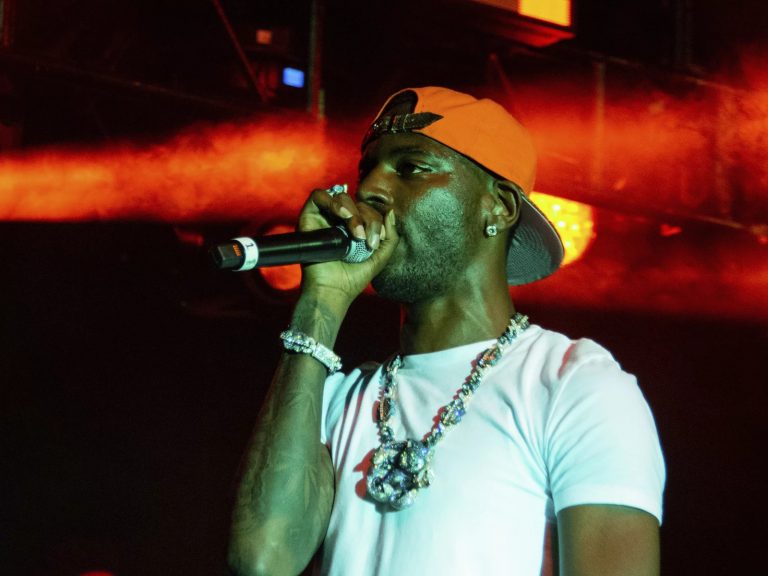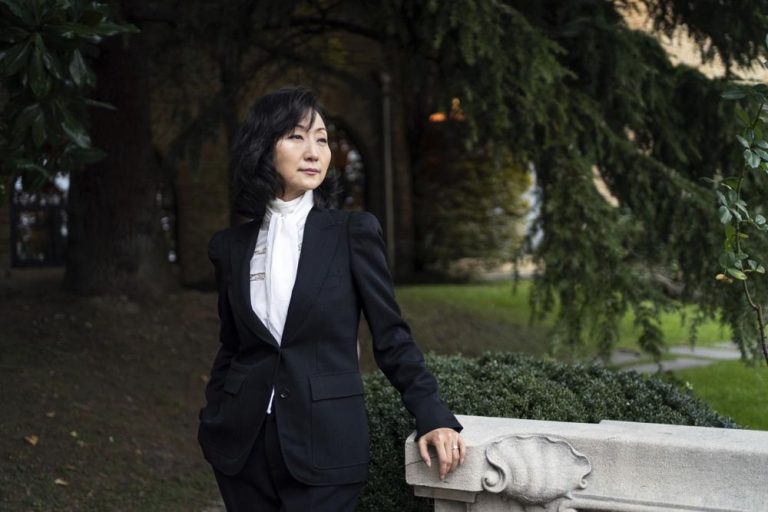Ethnic Media Services(EMS) invited experts to hold a webinar on children’s vaccinations on November 12.
In November, COVID-19 vaccinations for children aged 5-11 began across the United States. Last month, the Federation.
This is because emergency use approval and recommendations have been issued by the Food and Drug Administration (FDA) and the Centers for Disease Control and Prevention (CDC).
As a result, children aged 12-18 and elementary school students will be vaccinated. The CDC’s director Rochelle Wollensky recommends vaccinations for children, but it is not mandatory.
According to the CDC, there are 6 million cases of COVID-19 infection in children in the United States, of which More than 64,000 children were hospitalized and 650 children died.
However, regarding this child, Vaccination is expected to curb the spread of the virus and ensure safe face-to-face classes.
In addition, the reality is that many parents are still cautious about children’s vaccinations.
“We received phone calls, emails and text messages from families that were just eagerly awaiting the vaccine for their children,” said Jennifer Miller, a pediatrician with East Bay Pediatrics.
“But we also have another group of patients who have been more cautious and more hesitant.”
The latter, mostly families of color, are afraid to vaccinate their children because they do not know the long-term consequences of the shot, or because they are afraid of side effects such as infertility (denied by scientists) or myocarditis (inflammation in the heart that has occurred exceptionally in men after the second dose and it is very easy to treat.)
Although many parents have been vaccinated, they prefer a wait-and-see approach when it comes to their children because they feel the burden of making decisions on behalf of people too young to decide for themselves.
Dr. Miller cites the mental health impacts she is seeing among her young patients as another reason for ensuring they get vaccines.
“Not only are we dealing with a pandemic because of COVID, but we are dealing with a mental health pandemic,” she said. “Children and adolescents have been removed from their school routine, their peers, their sports and their clubs.
They are depressed and anxious due to the loss of family members to COVID; they experience frequent sadness.
“These children need to get back into school full time,” the pediatrician added.
“We have kindergarteners that didn’t learn how to read and kids with special needs who didn’t get their own occupational therapy.” These educational disparities occur much more commonly in families of color. “If those families do not go out and get vaccinated, these kids will continue to fall behind and won’t be able to compete with their peers.”
There have been more than 6 million positive COVID cases in children in the United States since the pandemic began, according to data from the Centers for Disease Control and Prevention (CDC), resulting in 64,000 hospitalizations and 650 deaths.
That’s why CDC Director Rochelle Wollensky endorsed the advisory group’s recommendation on immunization practices to move on mass childhood vaccination.
“There is no doubt that children are less at risk for severe disease from COVID,” said Monica Gandhi, Professor of Medicine at UC San Francisco School of Medicine.
“Even though the risk is lower, during the Delta variant surge, COVID was the sixth leading cause of death in children.”
Gandhi cited three reasons why children should be vaccinated: to protect them against the virus; to reduce transmission to others, especially older parents and grandparents; and because the dose is safe.
These reasons are particularly relevant for communities of color which have a higher incidence of diabetes, high blood pressure and high cholesterol, making them more vulnerable to COVID.
“During the (clinical) trial with 2,268 children, there was a reduction in COVID symptomatic infections of 90.7%.” Gandhi said. Because of the rare cases of myocarditis, the Food and Drug Administration (FDA) authorized Pfizer to provide a 10 mg dose for children ages 5 to 11, in contrast to the 30 mg that adults receive. In Moderna’s case, the dose is higher: 100 mg.
Gandhi suggests that there will be greater efficacy in children if the doses are given more than three weeks apart, based on data from the National Institute of Public Health in Quebec:Canada chose to administer the doses eight weeks apart which was 92% effective versus 82% effectiveness when the doses were given closer together.
“We are still at about 68% for the vaccination rate across the country among eligibles over 12years of age,” Gandhi said.
“With 28 million vaccinated children, the virus will be able to find fewer and fewer susceptible hosts.”
Misinformation and fears Maria Meraz, Founder-Director of Parent Engagement Academy, works annually with around 3,000 parents in Los Angeles and Ventura counties, 90% of them immigrants and first-generation Latinos.
She said that the misinformation spread about the vaccine on networks such as WhatsApp, Facebook, and YouTube is “terrible”.
“These parents are low-income families and many of them don’t have access to (cable) TV… they get their information from sources that are not the best such as friends and family.”
Meraz works with several school districts that provide social-emotional support services to guide parents through a dilemma that causes them great anxiety: While many do not agree with vaccination, they know they have no other option.
“They have to send their children to school because they have to go to work,” Meraz said.
Madison Sandoval, a Bay Area school nurse, cited a new fear that children who have not been vaccinated may wind up becoming targets for cyberbullying.
Sandoval recalled that masking and ventilation are really effective measures to prevent the
spread of COVID within schools and that as long as vaccines are not mandatory to attend classrooms, they should be implemented.
Nearly one million children ages 5 to 11 have been vaccinated in the United States since the Pfizer-BioNTech vaccine was approved for this age group on September 20.
Efforts to immunize 28 million infants could mark a turning point in the battle to contain the COVID-19 pandemic, but many parents are still reluctant to vaccinate their kids.










